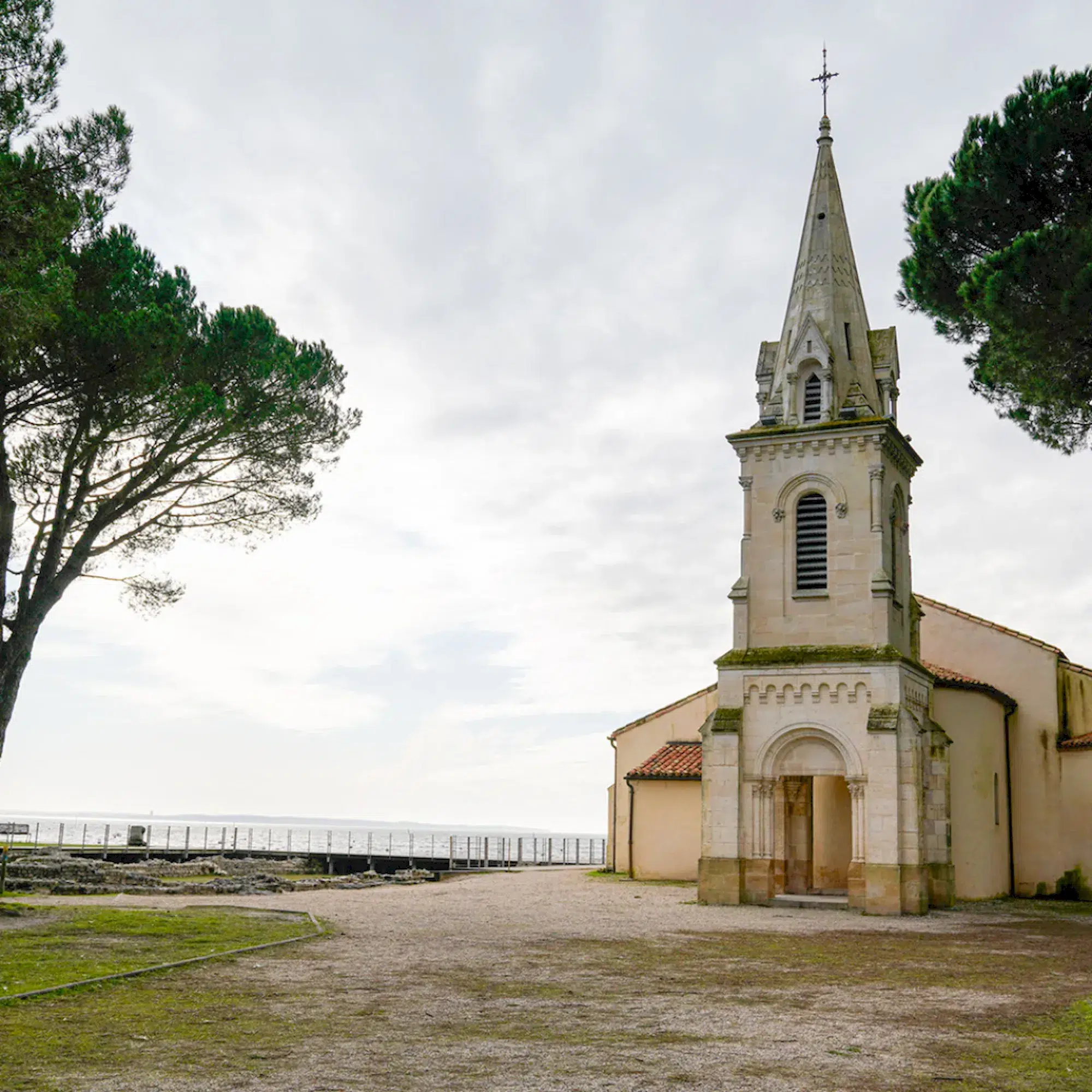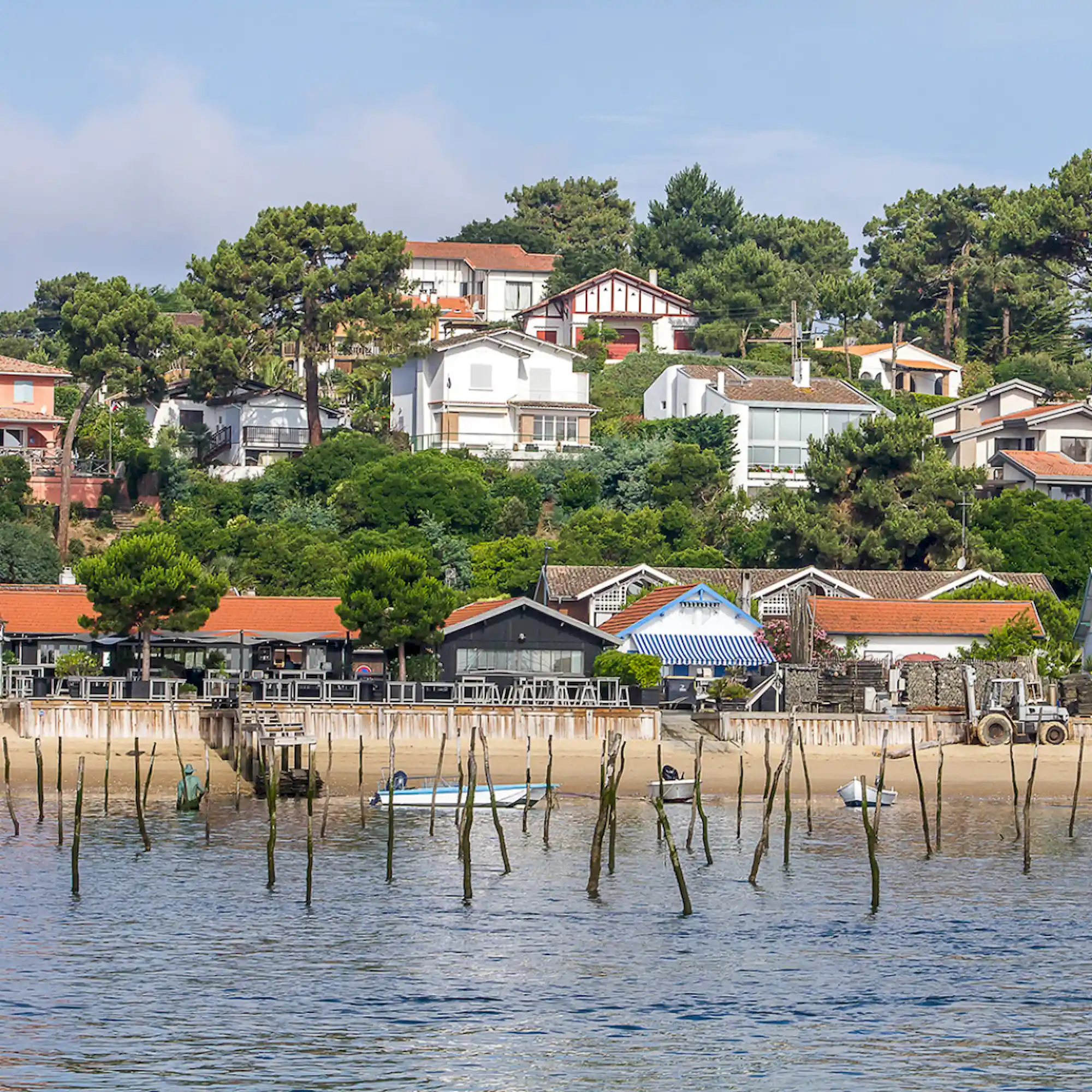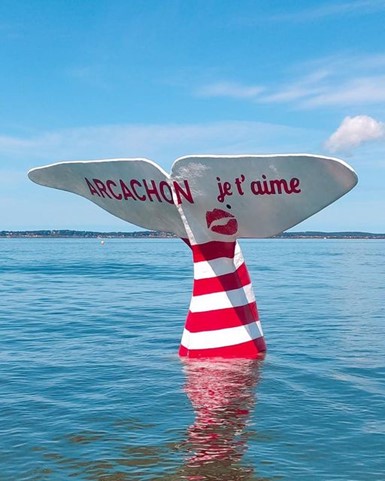Historic sites in Andernos-les-Bains
Andernos-les-Bains is a town on the west coast of France, in the Nouvelle-Aquitaine region. This charming coastal town is known for its large pier, beautiful pine forest and rich, fascinating history. It’s the ideal destination for a vacation with friends or family. What’s more, it has a small historical heritage that deserves to be highlighted in this blog post.
The anguiped from the Gallo-Roman villa
Several remains of a Gallo-Roman villa dating back to the 4th century were found near the Saint-Eloi church. These discoveries were made during an excavation in July 1904, when archaeologists unearthed several remains, including an anguiped. This sculpture resembles a mythological creature, a deformed dwarf with fishtail legs. A great deal of research was carried out to find out more about these excavations, and in 1991, Cultural Affairs discovered that a wealthy Gallo-Roman inhabitant had built a villa on the shores of the bay. Archaeologists continued their research and found further remains scattered between the town hall and the town museum. All these discoveries are now on display in the Maison Louis David.
11th-century Saint-Eloi church
The Eglise Saint-Éloi in Andernos-les-bains is an architectural gem dating back to the 11th century. Built of ashlar, it is neo-Gothic in style and features a medieval-style bell tower, which was rebuilt in 1897. The original was destroyed by lightning. The interior features magnificent stained glass windows depicting biblical scenes, as well as superb 15th-century Gothic frescoes, including one dedicated to Sainte Quitterie. These windows are the work of Raymond Mirande, inspired by the natural light of the Bay of Arcachon. In addition to its religious and architectural aspects, Saint-Éloi church is a gathering place for the local community, which organizes numerous cultural and artistic events. It is also a must-see tourist attraction for history and art lovers. What’s more, the site has been listed as a historic monument since January 27, 1933.
Sarah Bernhardt’s brief stay in Andernos-les-Bains
In September 1914, a young opera singer by the name of Sarah Bernhardt came to stay at Andernos-les-Bains until October 1915. Local residents are familiar with this story, which is still just as intriguing today. The young woman came to take refuge in one of the coastal villas, suffering from a leg in danger of amputation. For many years, she refused to let her leg wound, caused by a bad fall on board ship, be treated. During the First World War, one of her friends advised her to seek refuge in one of Arcachon’s communes, and she chose to go to Andernos-les-Bains. In the end, she let herself be treated and amputated her leg to relieve her pain and regain her life on the stage. This story is marked by a commemorative plaque on one of the town’s villas, which you can find on a stroll.
The Royal Hotel villa
The former residence of Spanish King Alfonso XIII, this imposing, elegant building is the subject of many rumors. The building’s garage is said to have been used as a Gestapo interrogation room, no less… The rooms could accommodate a large number of visitors, who could smoke opium on the terraces. The Royal Hotel takes its name from the owners, who had a relationship with Vasconcelos, a renowned man who claimed to be close to the sovereign; he gave the hotel its name when they met.
Andernos-les-Bains today
Today, Andernos-les-Bains is a thriving, dynamic town that attracts large numbers of visitors. With a population of 12,569 and a surface area of 20 km2, Andernos-les-Bains is the town center of the canton. Its oyster-farming port, natural areas and large jetty are popular with tourists every year. Visitors can discover the town’s history by visiting historic sites such as the remains of the Gallo-Roman town, the Saint-Eloi church and the Maison Louis David, which houses numerous objects dating back to prehistoric times, for example, as well as temporary exhibitions.
Andernos-les-Bains is a town rich in history and culture, well worth exploring. From Roman remains to medieval buildings and modern historic monuments, the town offers a fascinating insight into the region’s history. If you’re curious to learn more about this city, the best thing to do is to visit all the key places we’ve mentioned in this article!



